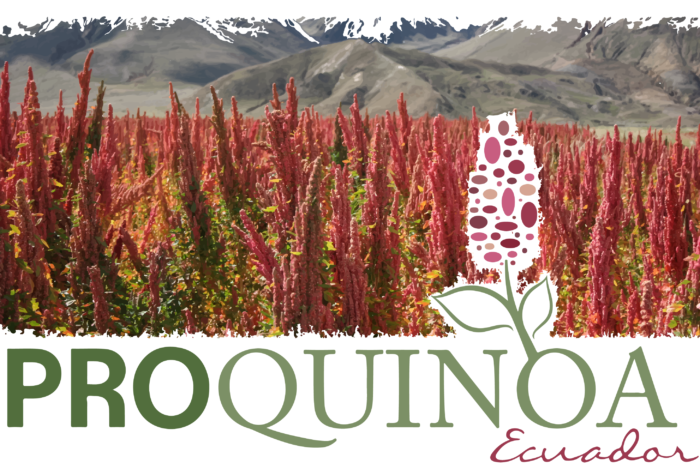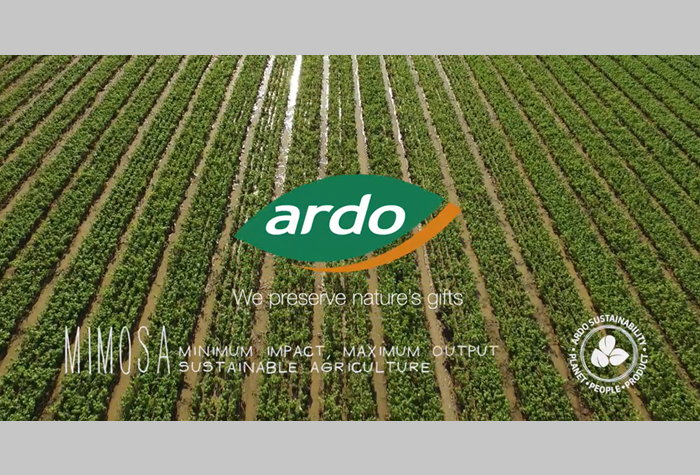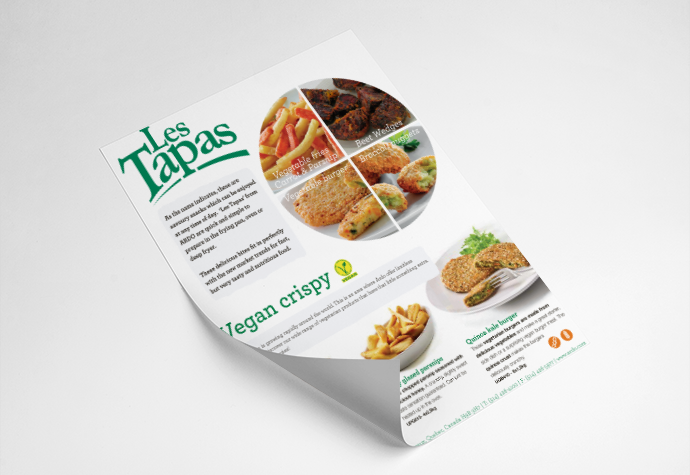Until quite recently, quinoa was an exotic if not mysterious foodstuff that left many North Americans struggling to identify the traditional Andean cereal let alone being familiar with how to prepare it. Today, quinoa is found in an astonishing number of dishes and food applications. From being incorporated into breakfast cereals; breads; fruit cups and energy bars to being used as a rice substitute and core component in frozen meal kits, this once rarely seen foodstuffs has practically become a staple for many health conscious American consumers.
While one must exercise considerable caution with respect to commenting on any foodstuff’s health benefits, it is interesting to note just how wide the reporting has been regarding quinoa’s place among the so called “superfoods”. Often touted for being rich in proteins and essential amino acids, this gluten free alternative to rice and pasta also contains antioxidant and anti-inflammatory phytonutrients which some have suggested might play a role in mitigating cancer risks. Meanwhile, animal studies appear to indicate that quinoa consumption can lower total cholesterol while helping to maintain levels of HDL or so called “good” cholesterol. Again, great care must be taken with respect to being seen as making any sort of health claim but quinoa clearly packs a much sought after protein punch for convenience focused health conscious consumers.
As such it shouldn’t be surprising that in recent years the United States has taken up to 50% of the world’s quinoa production as measured by value with increasing demand also being seen across Europe and Asia. With so much of the world’s quinoa production coming from the Andean region and the role that quinoa production plays in the lives of farmers there, the United Nation’s Food and Agriculture Organization ( FAO ) hailed 2013 as “the international year of quinoa” to further promote the cereal’s high nutritive value and potential for advancing food security.
Against this backdrop VLM joined with a local Ecuadoran quinoa producer to build one of the region’s largest dry quinoa production facilities. The resulting venture, Proquinoa, was born in 2014 with the capacity to produce 4,000 tons of top quality white quinoa per year. Grown high above the northeastern Andean plains, Proquinoa’s products are naturally resistant to pests and disease thereby limiting the need for added chemical intervention while the quinoa variety grown in Ecuador contains less saponin and is therefore sweeter than many other varieties. Additionally, Proquinoa’s dry production process means that the facility maintains as low a water footprint as possible in keeping with the company’s commitment to solid environmental stewardship.
Fully USDA NOP organic certified and Kosher, Proquinoa is committed to surpassing your needs so why not give us a call to look at how we can help you pack a protein punch into your frozen food sales.




